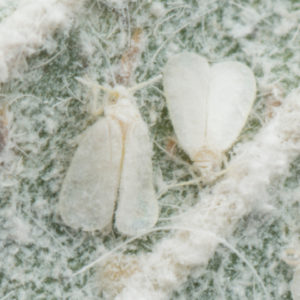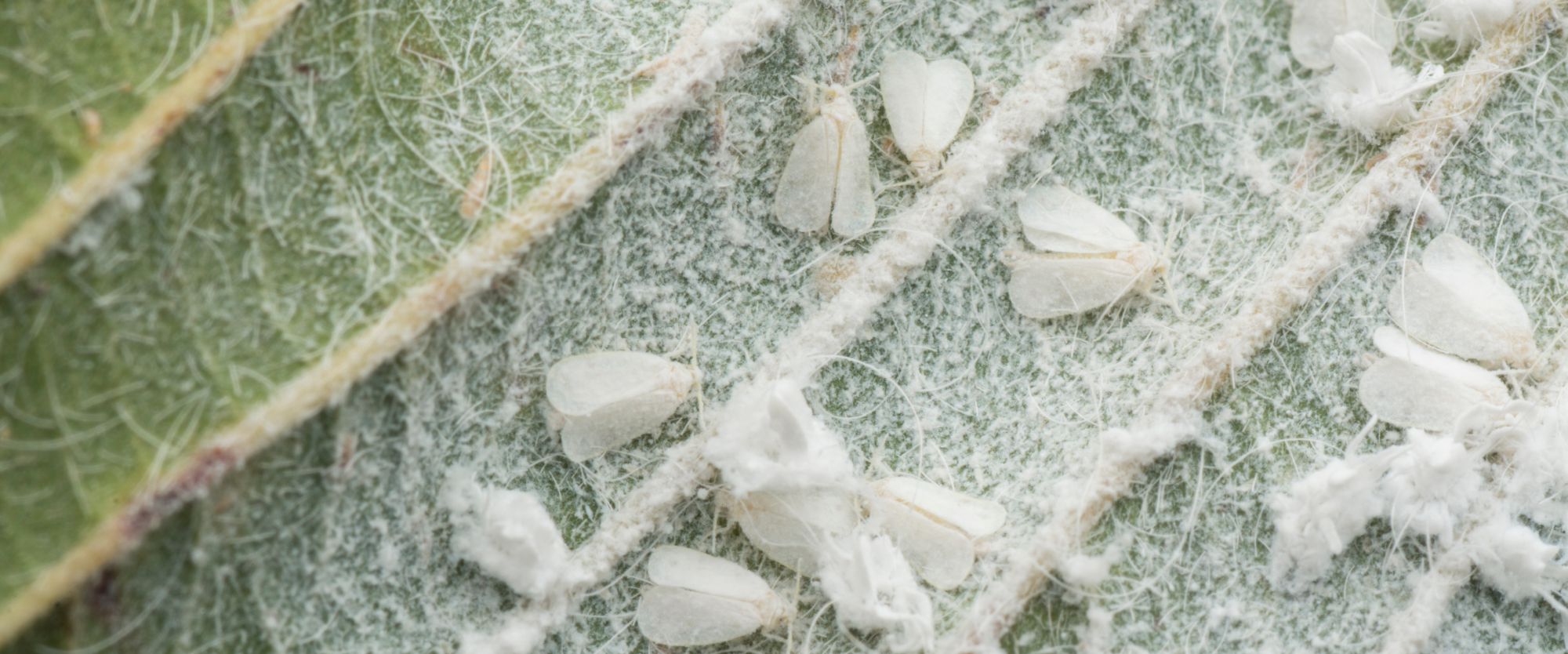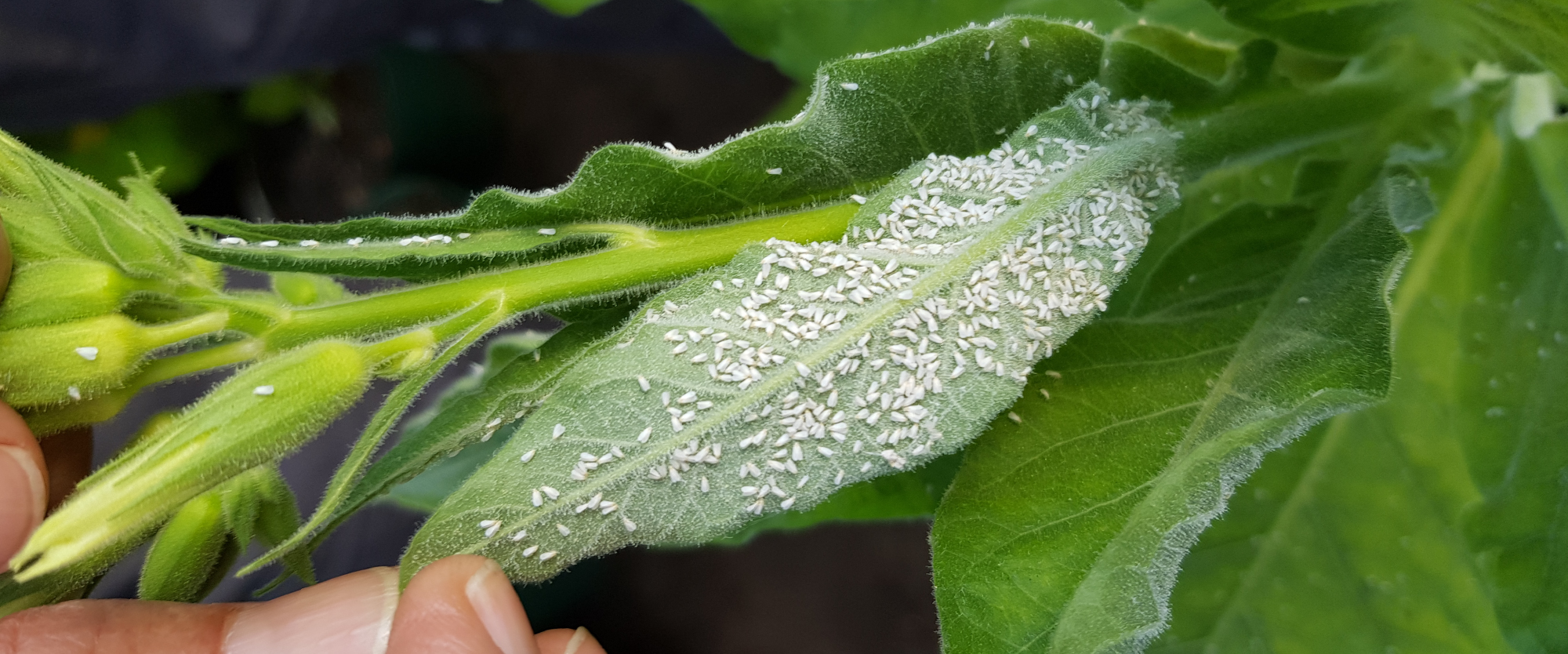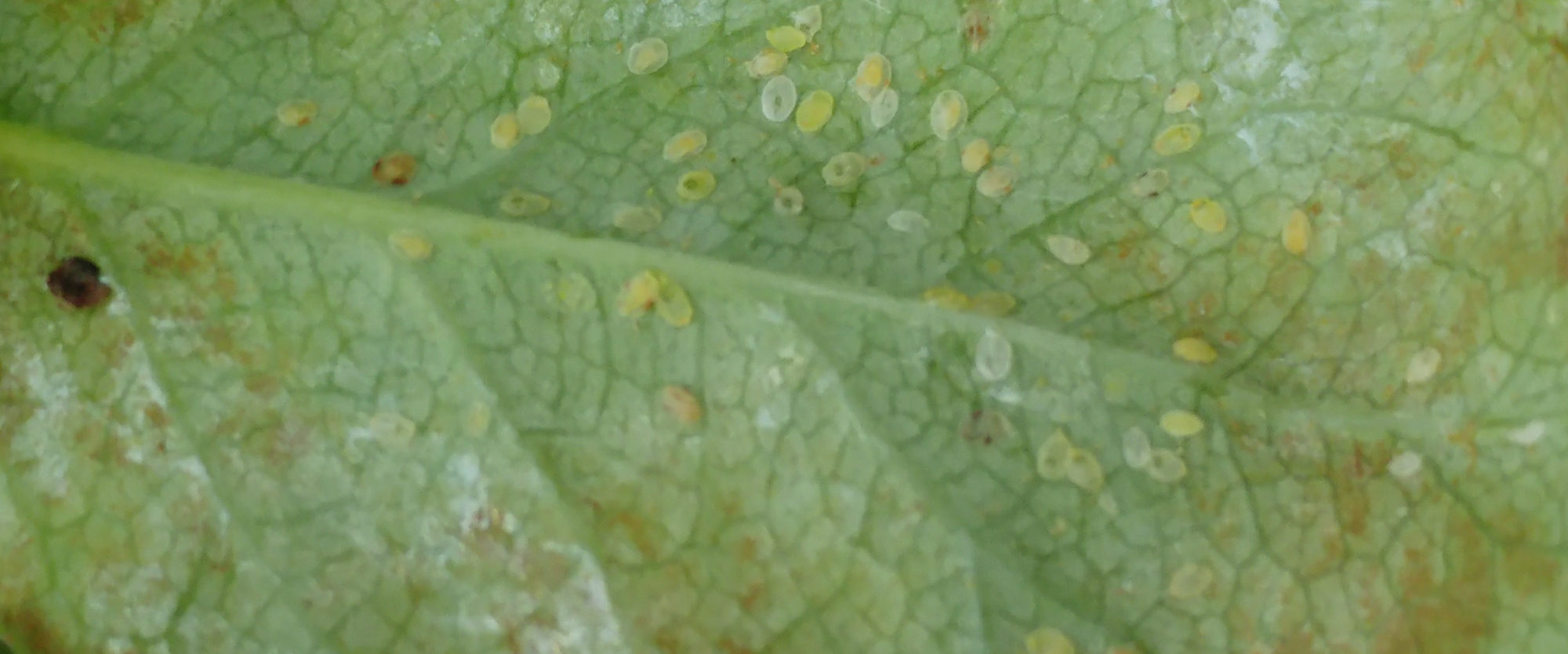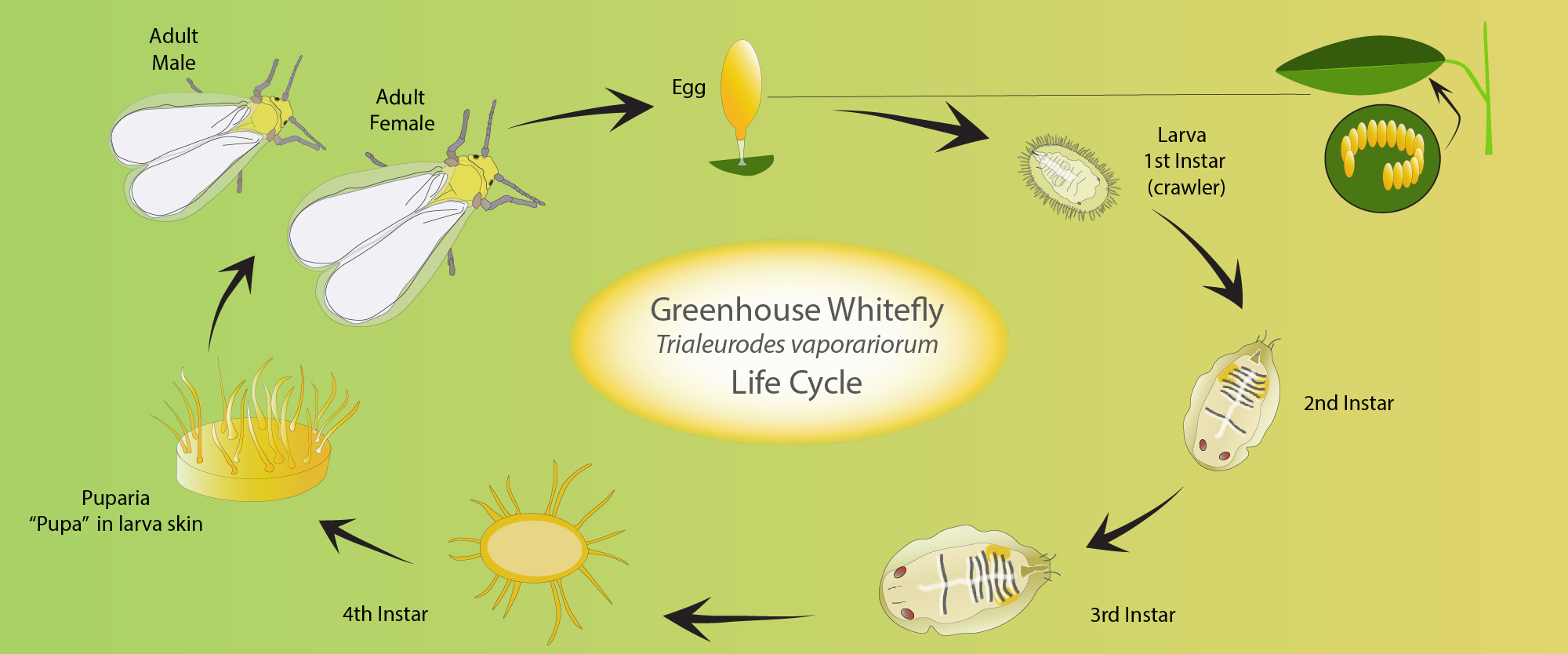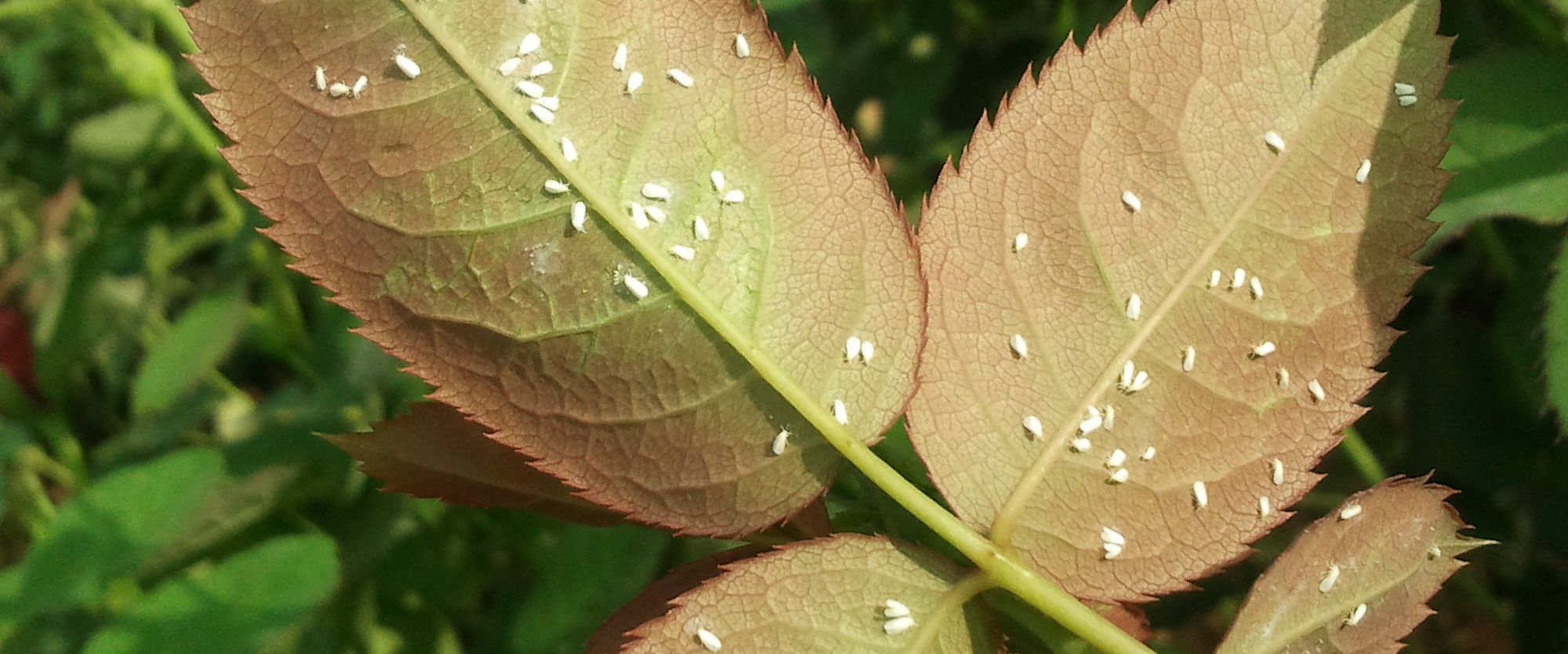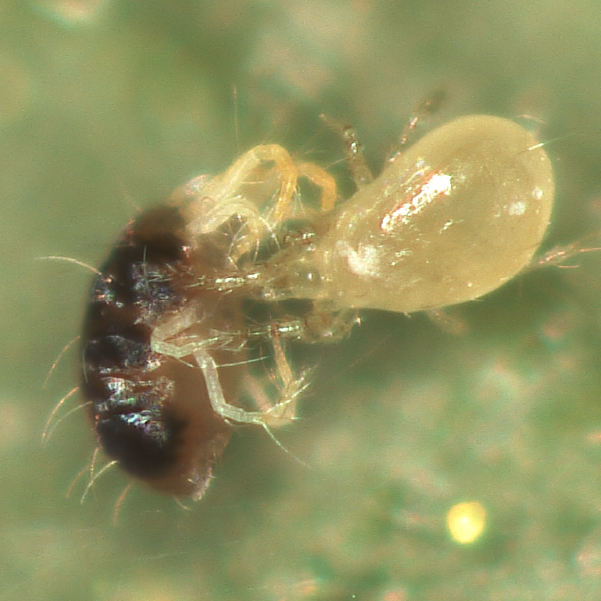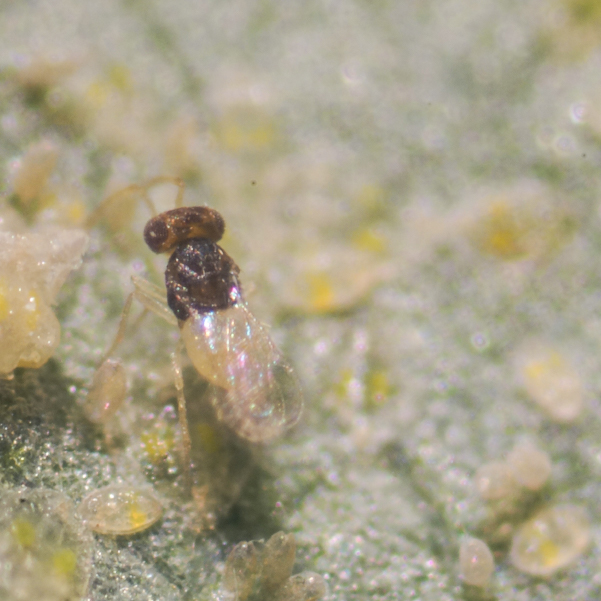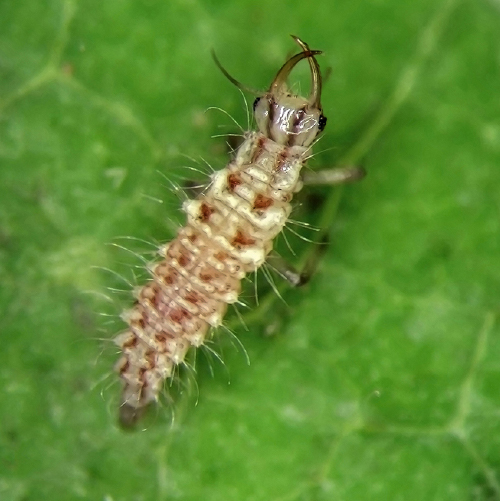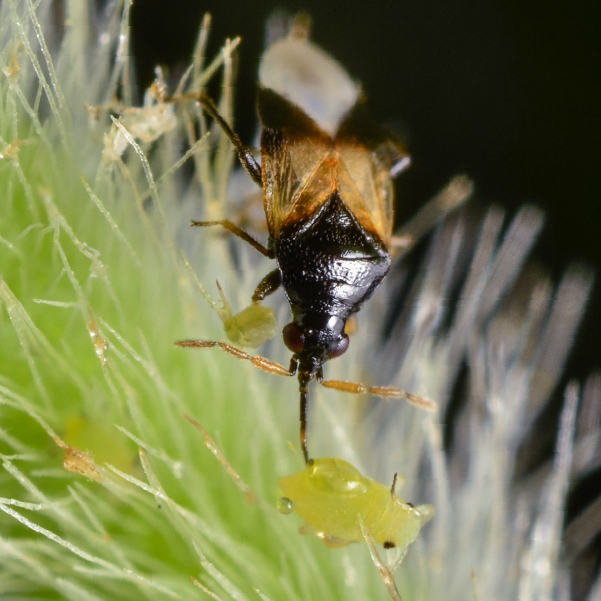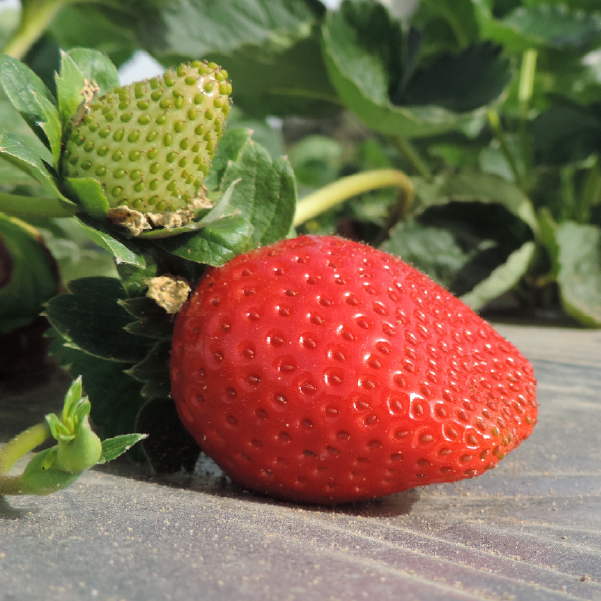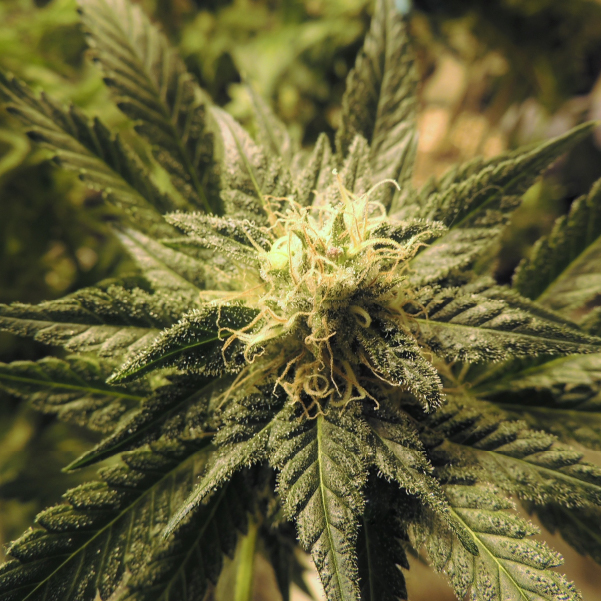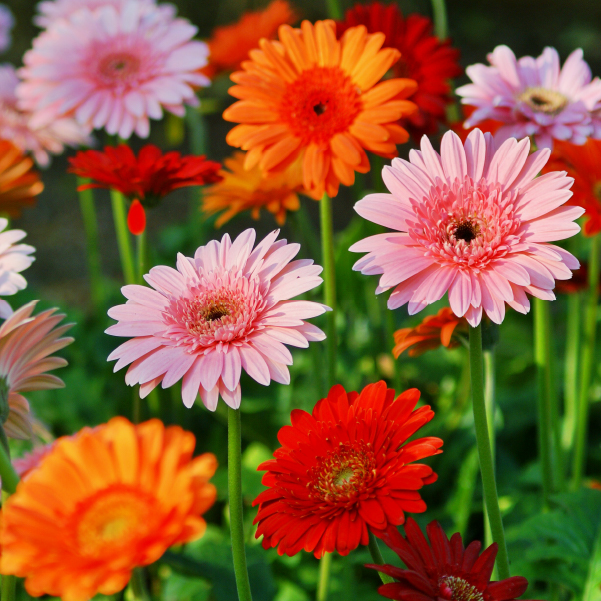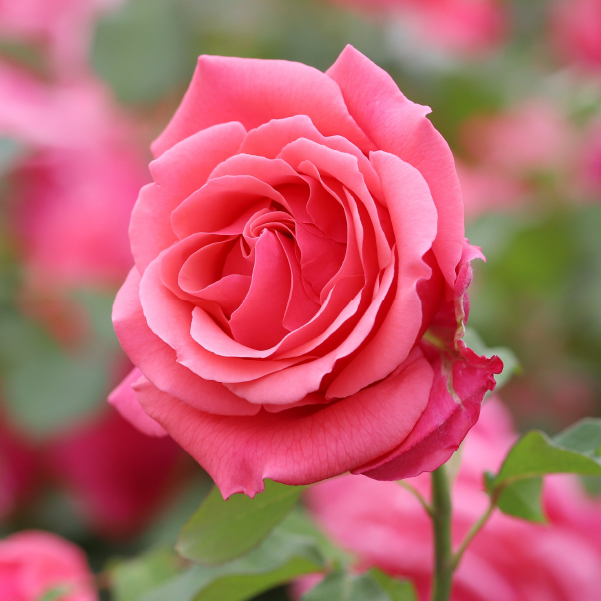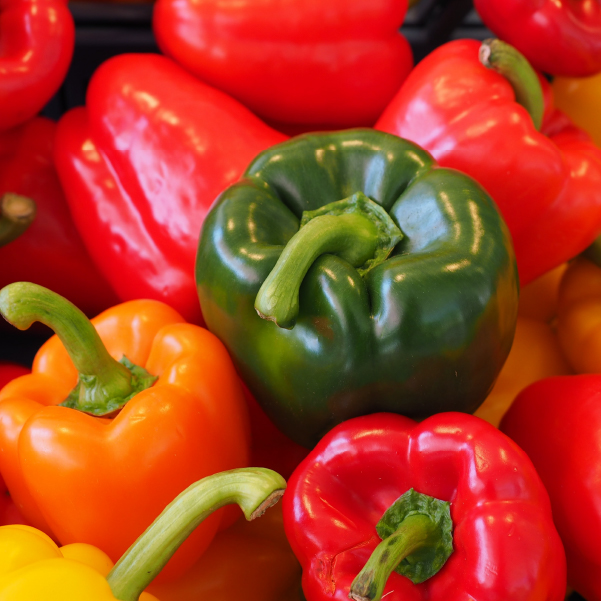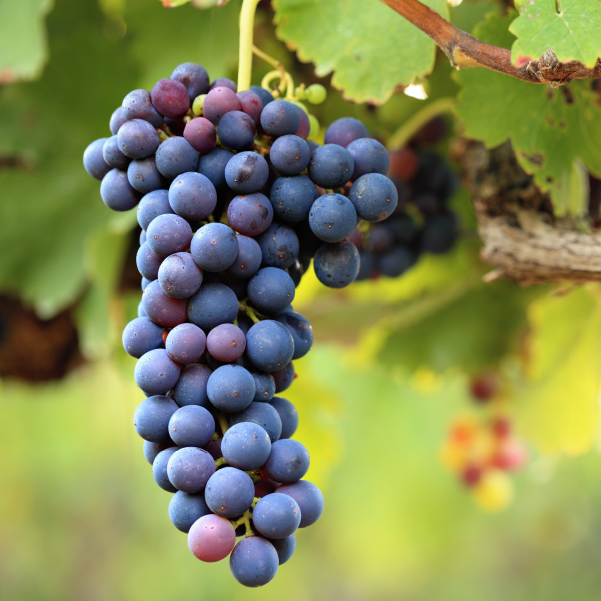The greenhouse whitefly (Trialeurodes vaporariorum), sometimes referred to as the glasshouse whitefly, prefer to lay their eggs on the undersides of leaves.
Damage
The greenhouse whitefly larvae cause plant damage as a result of feeding on the phloem sap of the leaves. Greenhouse white fly secrete a sticky honeydew on which black fungal mold develops. Plant sap has a low protein content but is rich in sugars. Whiteflies therefore need to extract large quantities of sap in order to get sufficient protein. As a consequence, the excess sugar is secreted in the form of honeydew, making the crop and its fruit, sticky. Black fungal molds grow on the honeydew, contaminating fruit and ornamental crops and rendering them unsuitable for the market. At the same time, photosynthesis in the leaves is reduced, affecting production.
Adult greenhouse whitefly can transmit several plant viruses in crops such as cucurbits, potatoes and tomatoes. Outbreaks of greenhouse whitefly result in yield loss and economic injury. The decline in the aesthetic quality of ornamental plants in greenhouses because of honey dew, black sooty mold contamination or flying adults are problems associated with high density of whitefly populations.
There are specific natural enemies for different species of whitefly.
For more information contact your local BioBee field agent.
